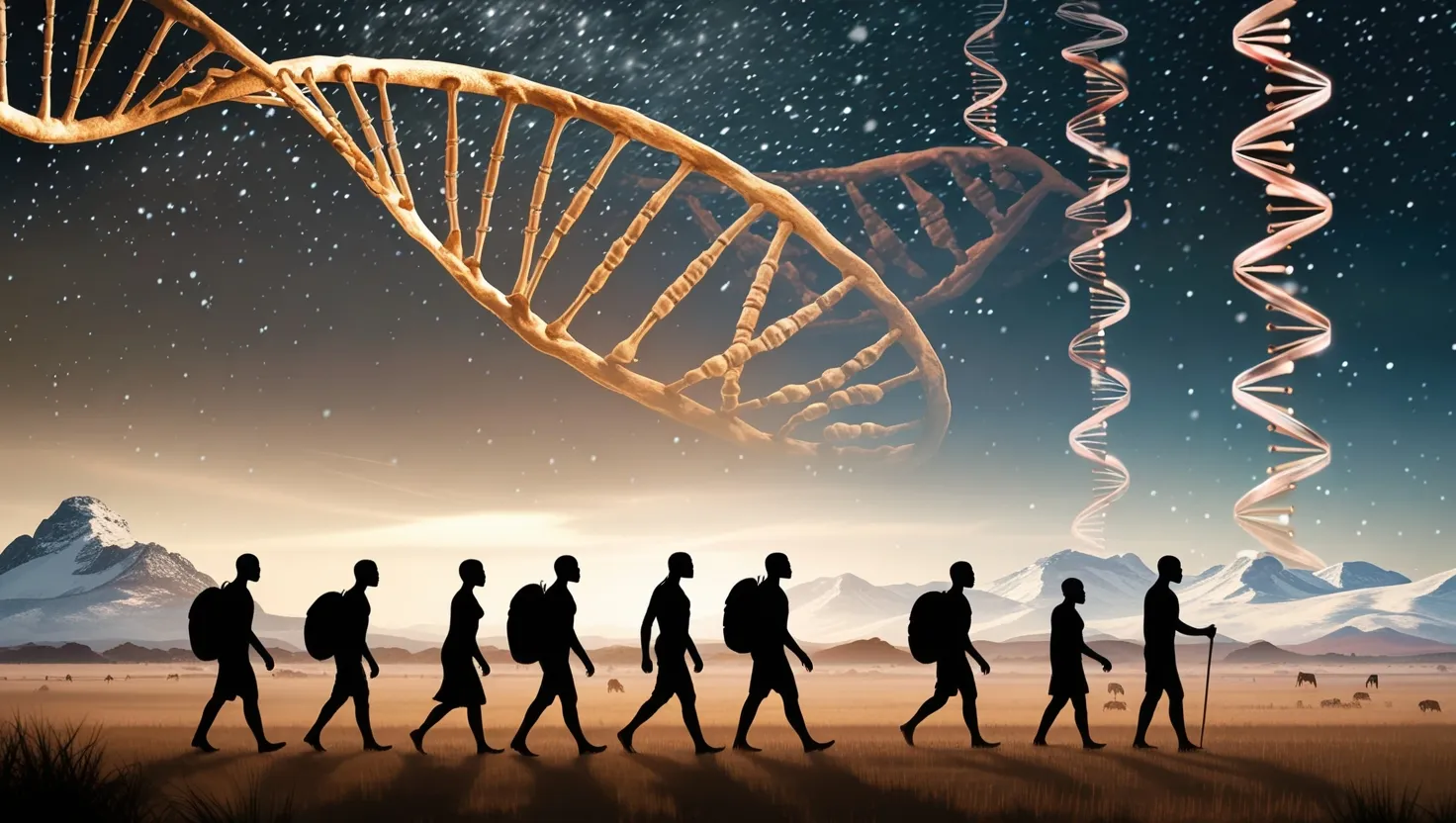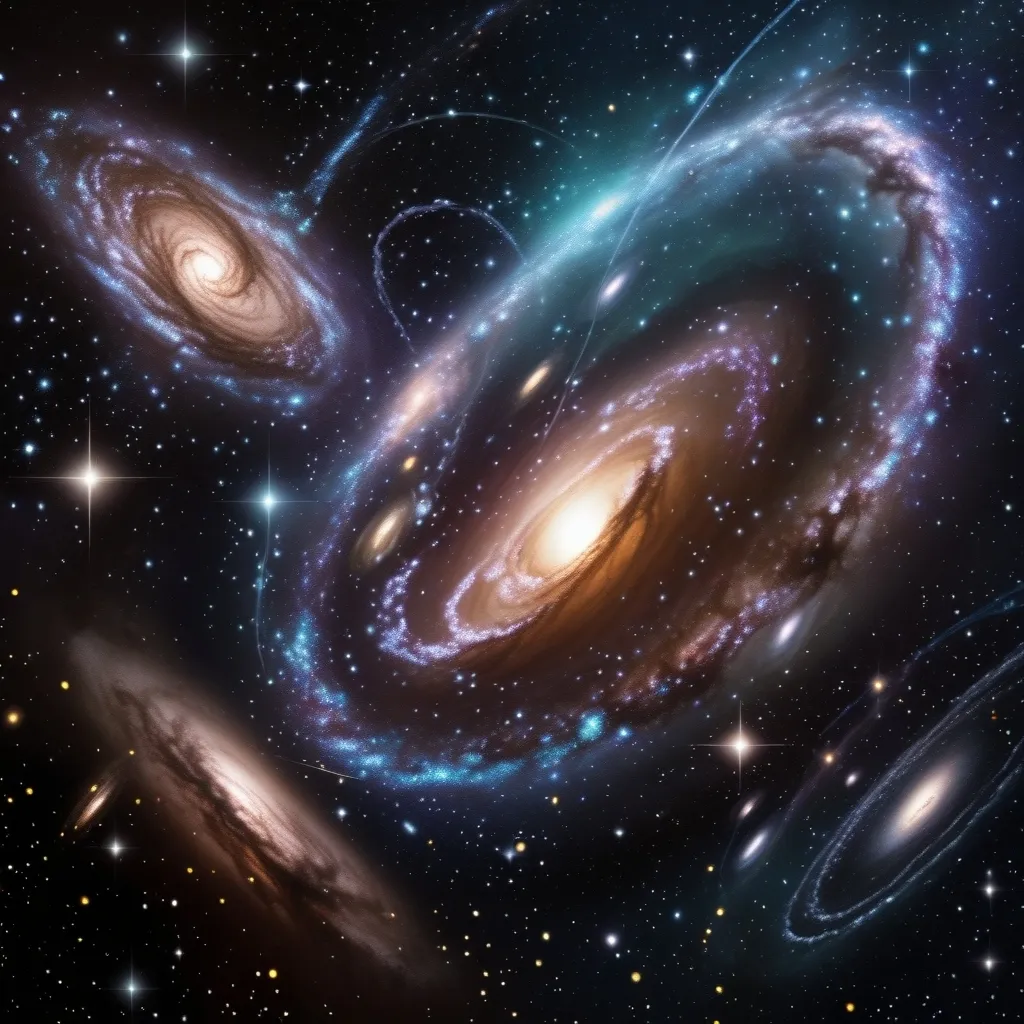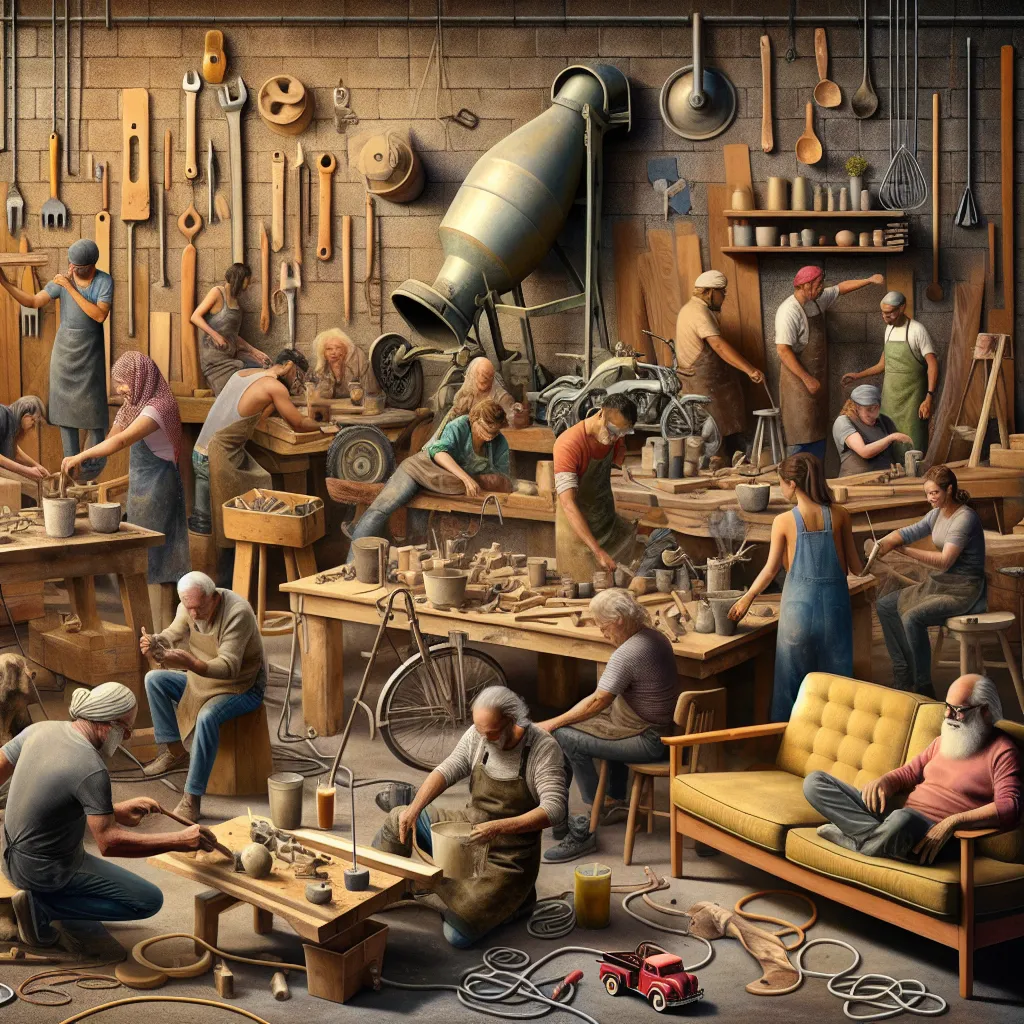This week I tried to convince some students to help me build one of the largest Meccano structures ever attempted. We won the bits and had final plans, so we were set to go. The students thought it would be funny if I fell into the canal and drowned, but I knew this was a great idea. Soon, I realized how hard it was going to be.
Imagine using 80,000 toy pieces and wondering if they would be strong enough not to kill me. The structure, full of wobbly strips of metal, gears, pulleys, wheels, rods, and something called trunnions, is unmistakably Meccano—the old constructional toy. Meccano, born in Britain during its industrial height, embodies the essence of engineering. It’s the domestic mirror to the country’s once-great manufacturing prowess.
People often think Meccano is just for building small, unimpressive cranes, but they’re wrong. Skegness, a famous seaside town, even holds Skegex—the x-rated annual giant Meccano model exhibition. Hundreds of Meccano fans gather there, including some of the most renowned names in the field. They display complex models, some with no real purpose other than to amuse, like the flying pendulum escapement invented in the 19th century.
Our country’s greatest Meccano authority, Jim Gamble, lives in Nottingham’s ordinary-looking house with an extraordinary attic full of Meccano marvels. Jim, along with many Victorians, believes Meccano is brilliant but acknowledges it looks a bit old-fashioned. Despite the digital age, the world still depends on machinery, and nothing explains mechanical concepts better than building with Meccano. Take the differential in any car, for example. It’s almost impossible to explain but easy to understand once you build one with Meccano.
To drag this classic toy into the 21st century, I planned something bigger—a Meccano bridge. I needed the perfect venue, which led me to Liverpool, birthplace of Meccano. In its heyday, the Meccano factory in Liverpool was the biggest toy factory in Europe, employing thousands. Now, I’m determined to find a way to honor this legacy.
Liverpool doesn’t just need any bridge; it needs one that embodies wit, energy, and style. Inspired by the city’s unique spirit, I rallied five teams of engineers, architects, and Meccano geeks. Their designs ranged from the Harlequin Bridge of Life and Love to a gigantic Meccano trampoline bridge.
After much deliberation, we were most intrigued by a unique idea from Liverpool University students: the Bridge of No Return. This concept meant once you crossed, there was no going back—but they needed help from experienced engineers to make it work.
Building this ambitious Meccano bridge was a journey. I traveled to France to source parts because Meccano is now manufactured in Calais. Despite changes over the years, the heart of Meccano’s manufacturing processes has remained much the same. Interacting with parts being made for our project was thrilling, and I even recruited a Meccano robot for remote monitoring back in Liverpool.
As the deadline for the bridge’s completion loomed, the students faced numerous challenges. Missing parts, design hurdles, and night-long efforts characterized the project. The students’ unyielding optimism and hard work, even in the face of potential failure, were inspiring.
Eventually, we completed the bridge, but not without last-minute disasters, like dropping part of the structure during assembly. Despite all setbacks, we succeeded. I made the nervy walk across the wobbly Meccano bridge, signifying the bridge’s, and our team’s, success.
Building this Meccano bridge proved that this classic construction toy still has a place in our modern world. With enough steel, self-belief, and a dedicated team, we achieved something spectacular. Liverpool again bridged a divide, this time not just the physical gap over the canal but the misconception that Meccano is outdated. We’ve shown that it’s still capable of creating marvelous mechanical wonders.






